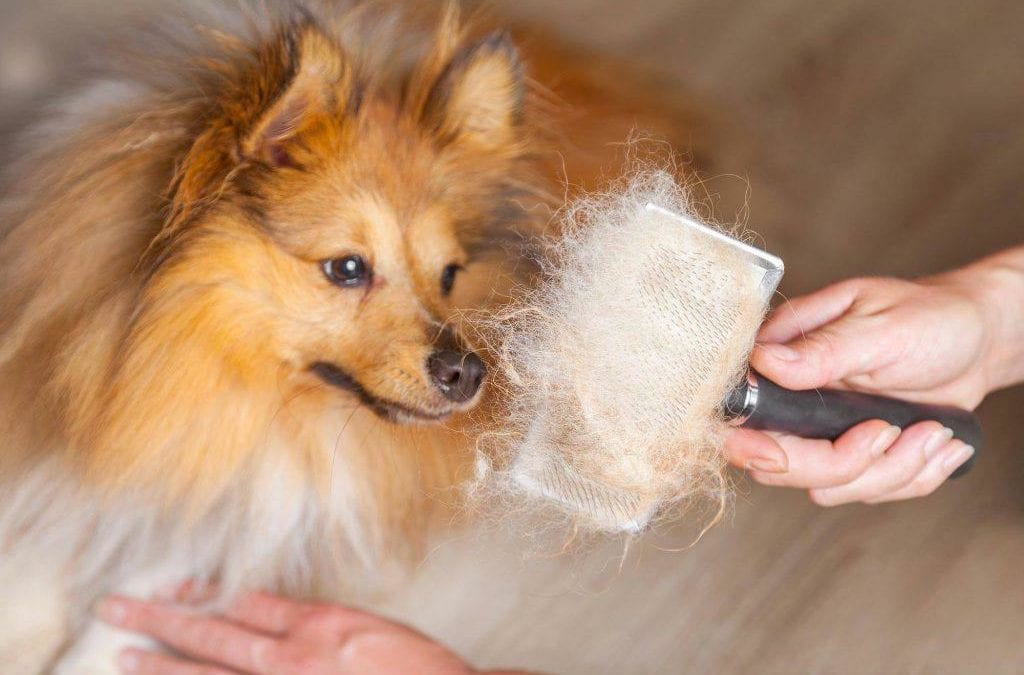If you know someone with a collection of lint brushes stashed throughout their home, car, and office, chances are, you’re dealing with a consummate pet lover. Indeed, the correlation is so extreme in some cases that one could quickly gauge a person’s affection for their pet by the sheer number of lint rollers they own.
While pet shedding occurs naturally throughout the year, it increases during the spring. With our primer, you’ll be better able to leave the house without fur and pet dander as fashion accessories.
Changes, Changes
Not all pets shed the same. Pets who remain indoors all year tend to shed less when spring comes along, but many breeds that sport double-layered coats are more susceptible to changing their coats throughout the year. A soft undercoat provides insulation while a coarse outer coat repels water and dirt.
Fall is another high shedding season, but it’s the lighter summer coat that is falling out to make room for the thicker, warmer, protective winter coat. Conversely, spring pet shedding occurs because a lighter summer coat is growing in and more fur comes loose from the winter coat.
Blowing a Coat
Sometimes both layers of a double-coated pet shed concurrently. Usually seen as tufts of fur, this type of pet shedding is called “blowing a coat.”
Pets with a single coat layer don’t have an insulating undercoat, so when their new outer coat grows in, thankfully it’s not nearly as much fur as a double-coated pet.
Whatever type of pet shedding you’re dealing with, a seasonal grooming session can really help.
Pet Shedding Schedule
You can expect pet shedding to last about a month or two. This can be a tough time for people with allergies, as loose fur will likely accumulate in corners, furniture, and clothing. Because it’s a natural response to the seasons, there’s not much you can do to prevent pet shedding. However, daily brushing can be your biggest ally against accumulation.
Tips and Tricks
Brushing against the grain can catch more fur than stroking from head to tail. You can also bathe your pet to loosen up the undercoat (we can help you find the right shampoo). If you notice excessive pet shedding, licking, sporadic thinning of the coat, bald spots, a dul l/dry outer coat, open sores, or other patterns that seem distressing, please let us know. Sometimes an underlying medical condition can cause shedding, as well as nutritional deficits and stress.
Taking Control
Providing a nutritious, high-quality pet food can help reduce the amount of fur shed by a pet. The Union Lake Pet Services team is happy to discuss the benefits of omega-3 fatty acids or nutritional supplements for your pet. These products boost the health of the skin and coat.
As for handling potentially stressful situations, we encourage the positive role of training in a pet’s life, and behavior modification for larger issues. If you have any questions or concerns, we’re always here for you.

